Cats are known for their love of sleep, often lounging around for 12-16 hours a day. Their unique sleeping habits, however, can sometimes baffle their human companions. Understanding these habits not only enhances our appreciation for our feline friends but also reveals fascinating insights into their biology and behaviors.
The Evolutionary Purpose of Cat Napping

Cats are crepuscular creatures, meaning they are most active during dawn and dusk. This behavior is a remnant of their wild ancestors, who conserved energy during the day and night to hunt during low-light hours. This evolutionary trait explains why domestic cats often have sporadic bursts of energy followed by extended periods of rest.
The Curled-Up Position: More Than Just Comfort
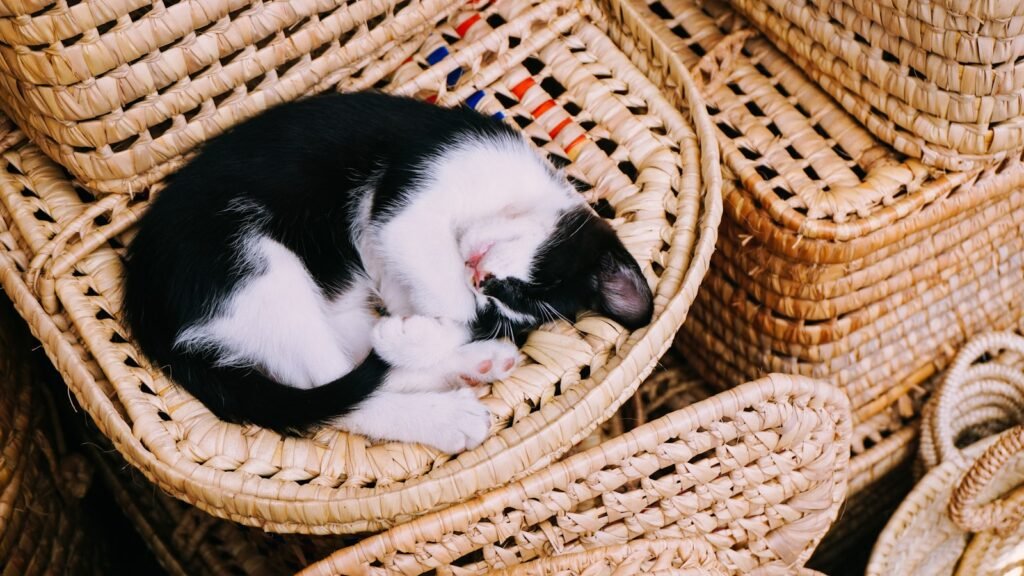
When cats sleep curled up in a ball, it’s more than just a cozy position. This posture helps them conserve body heat and protect vital organs. The tightly wound position is a defensive measure rooted in their survival instincts, ensuring they can spring into action if threatened.
The Belly-Up Sleepers
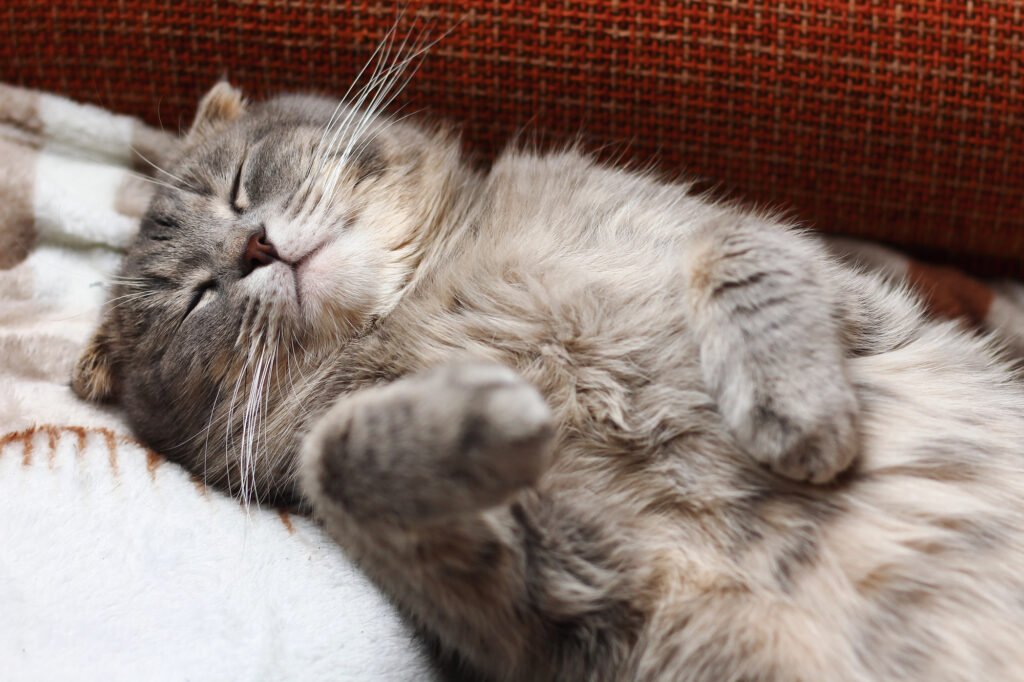
Some cats choose to sleep on their backs with their bellies exposed. This might seem strange given their preference for protecting vital areas, but it usually indicates that the cat feels extremely safe and trusts its environment. It’s a sign of relaxation and vulnerability, rare for animals known for their cautious nature.
Kneading Before Sleeping
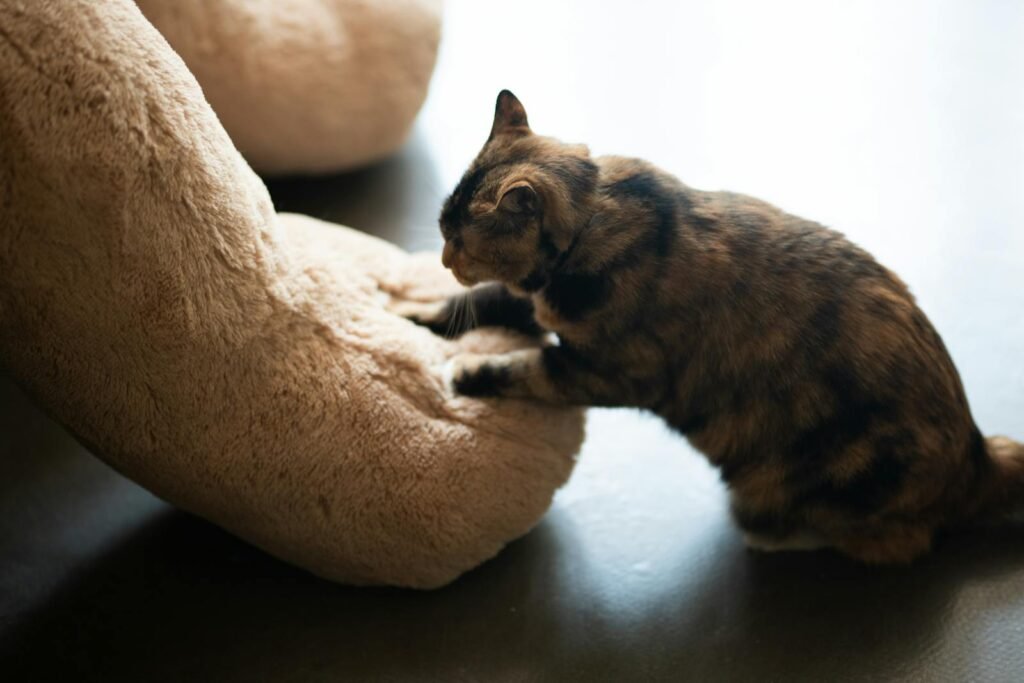
Kneading, or ‘making biscuits,’ is a behavior cats often exhibit before settling down for sleep. This rhythmic pushing with their paws harks back to kittenhood when they kneaded their mother’s belly to stimulate milk flow. As adults, cats often knead as a sign of contentment and to prepare a comfy sleeping spot.
Why Cats Twitch in Their Sleep

You might notice your cat twitching while asleep. This is usually a sign of the REM (Rapid Eye Movement) stage of sleep, similar to humans. During this phase, cats dream and their brains process memories and experiences. The twitching is a natural part of their dream-induced muscle movements.
The Fascination with Boxes and Tight Spaces
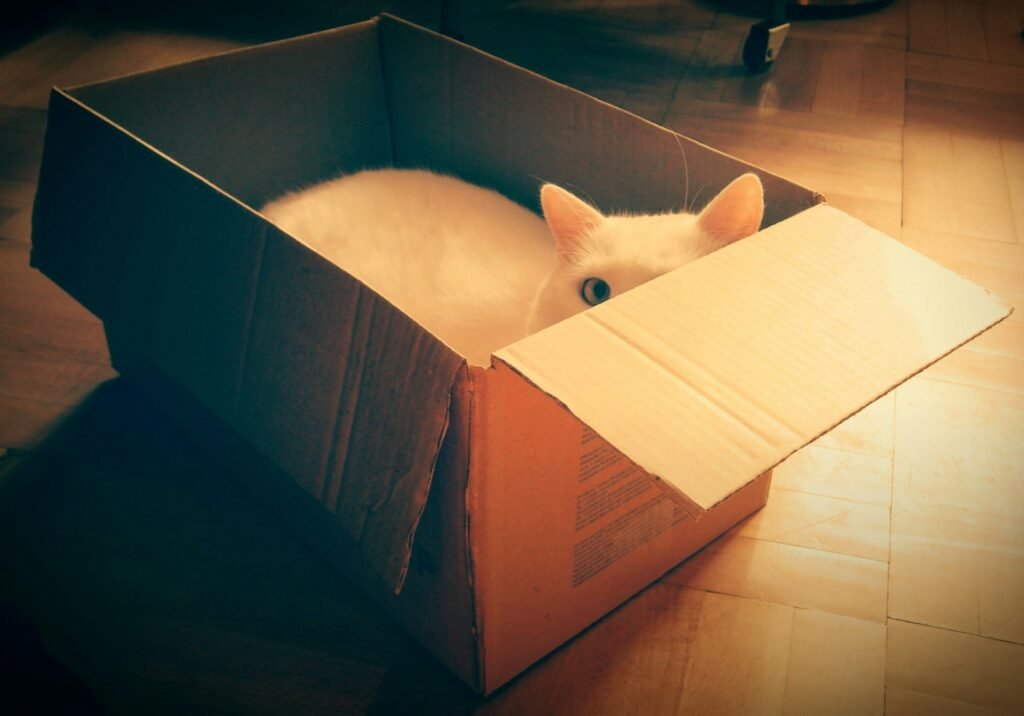
Cats have a notorious love for sleeping in boxes or tight, confined spaces. These spots provide a sense of security, where potential threats are minimized, and warmth is maximized. It’s an instinctual behavior aimed at self-preservation while they rest.
Sleeping with Eyes Partially Open
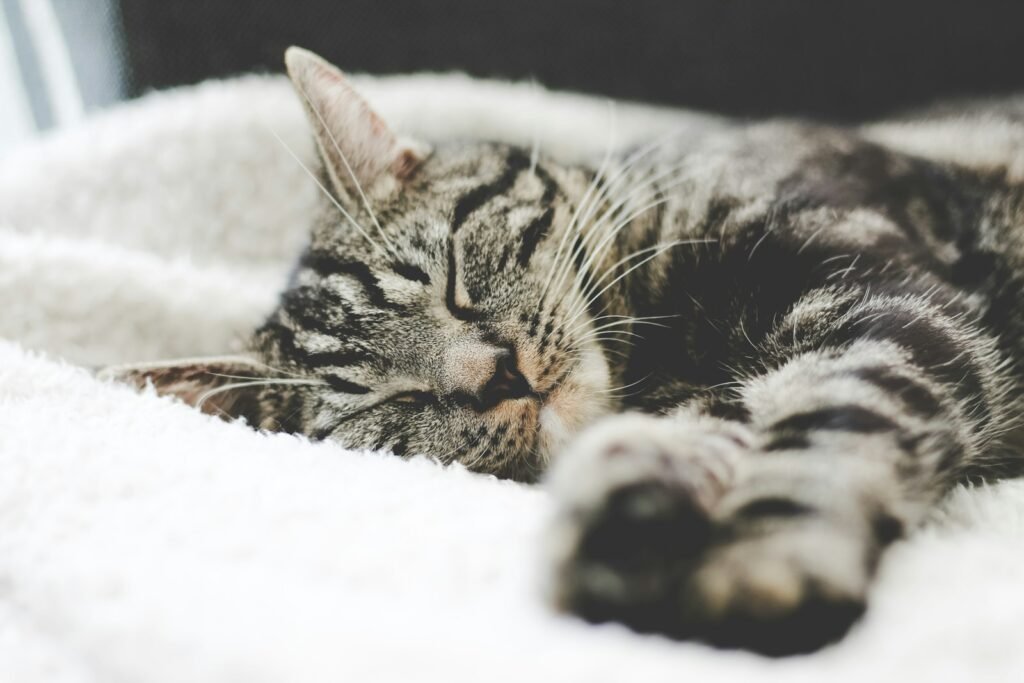
Sometimes, cats appear to sleep with their eyes slightly open. This unusual behavior is another protective instinct, a way for them to remain semi-alert to their surroundings. It allows them to respond quickly to potential dangers, a valuable trait in the wild.
The Cat Nap: Short and Frequent Sleeping
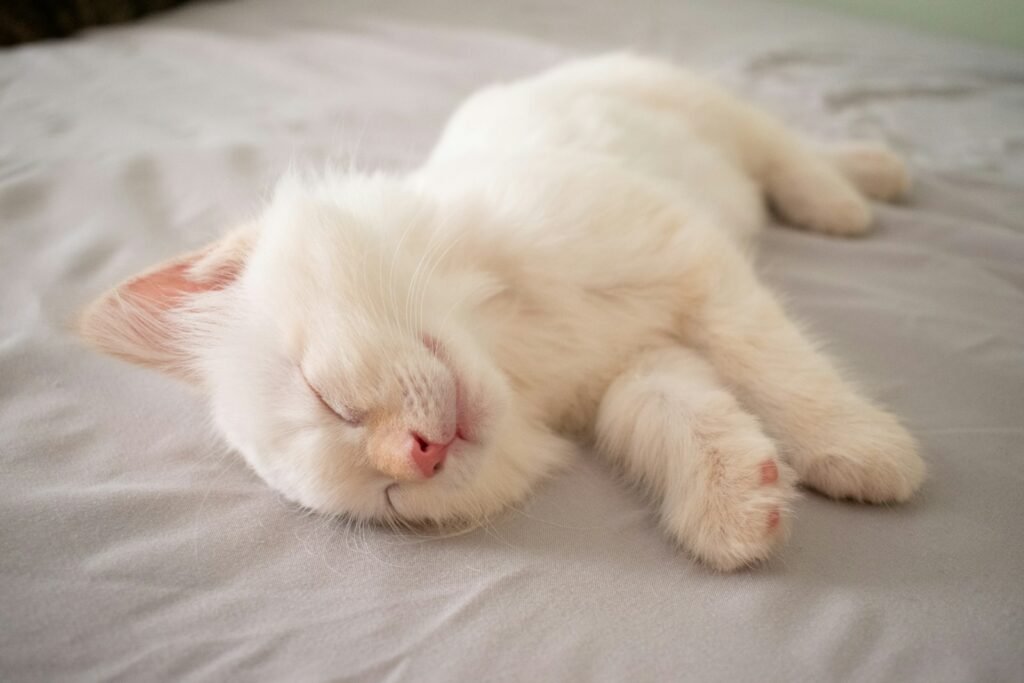
The term ‘cat nap’ originates from cats’ penchant for taking multiple short naps throughout the day. Unlike humans, cats don’t have a single consolidated sleep period. They sleep in cycles, taking advantage of multiple short bursts of rest to remain rejuvenated and ready for action.
Sleeping on You: Trust and Affection
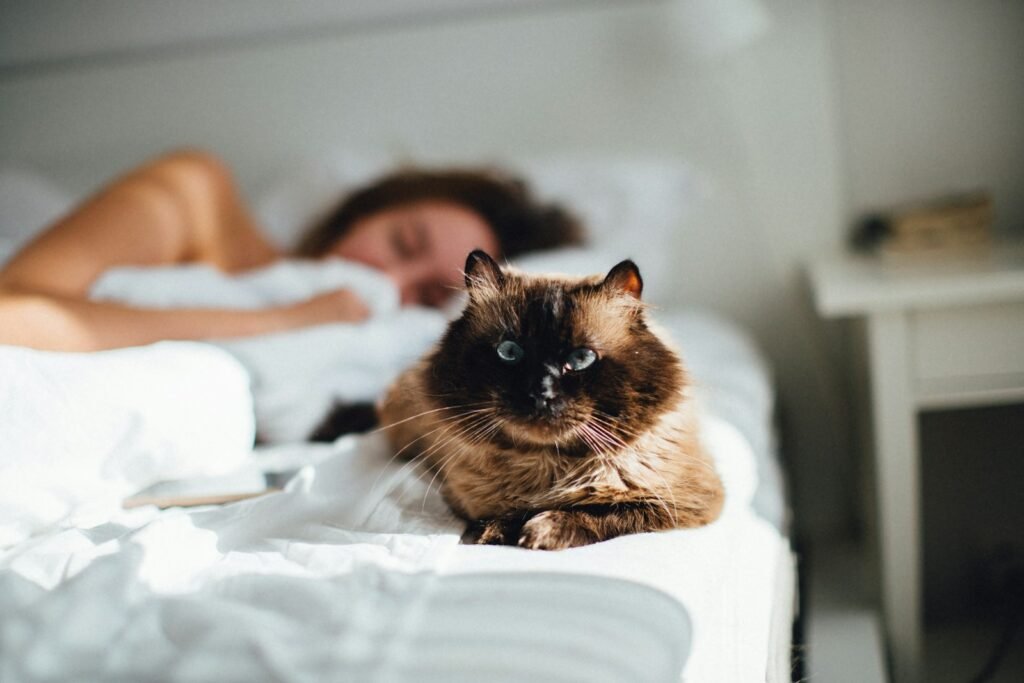
Many cat owners find their pets sleeping on them, a behavior often interpreted as a special sign of affection and trust. It combines warmth, security, and bonding, with the cat drawn to the owner’s scent and heartbeat as a soothing presence.
High Perches: A Preference for Sleeping at Heights

Cats often choose high perches for sleeping, harking back to their ancestral need to avoid predators. Elevated spots provide a strategic vantage point to survey their territory. Even domesticated cats retain this preference, favoring shelves, the tops of furniture, or window sills as prime sleeping areas.
How Age Affects Cat Sleep Patterns

As cats age, their sleeping patterns can change significantly. Kittens sleep up to 20 hours a day to support growth and development, while adult cats average 12-16 hours. Senior cats may sleep even more as their energy levels decrease. Understanding these patterns is important for ensuring the health and happiness of your feline companion throughout their life stages.
Understanding these peculiar sleeping habits not only enhances our appreciation of cats but also helps in ensuring their well-being. By observing their behaviors closely, owners can offer environments that cater to their pets’ natural instincts and need for comfort.

Suhail Ahmed is a passionate digital professional and nature enthusiast with over 8 years of experience in content strategy, SEO, web development, and digital operations. Alongside his freelance journey, Suhail actively contributes to nature and wildlife platforms like Feline Fam, where he channels his curiosity for the Feline into engaging, educational storytelling.
With a strong background in managing digital ecosystems — from ecommerce stores and WordPress websites to social media and automation — Suhail merges technical precision with creative insight. His content reflects a rare balance: SEO-friendly yet deeply human, data-informed yet emotionally resonant.
Driven by a love for discovery and storytelling, Suhail believes in using digital platforms to amplify causes that matter — especially those protecting Earth’s biodiversity and inspiring sustainable living. Whether he’s managing online projects or crafting wildlife content, his goal remains the same: to inform, inspire, and leave a positive digital footprint.






